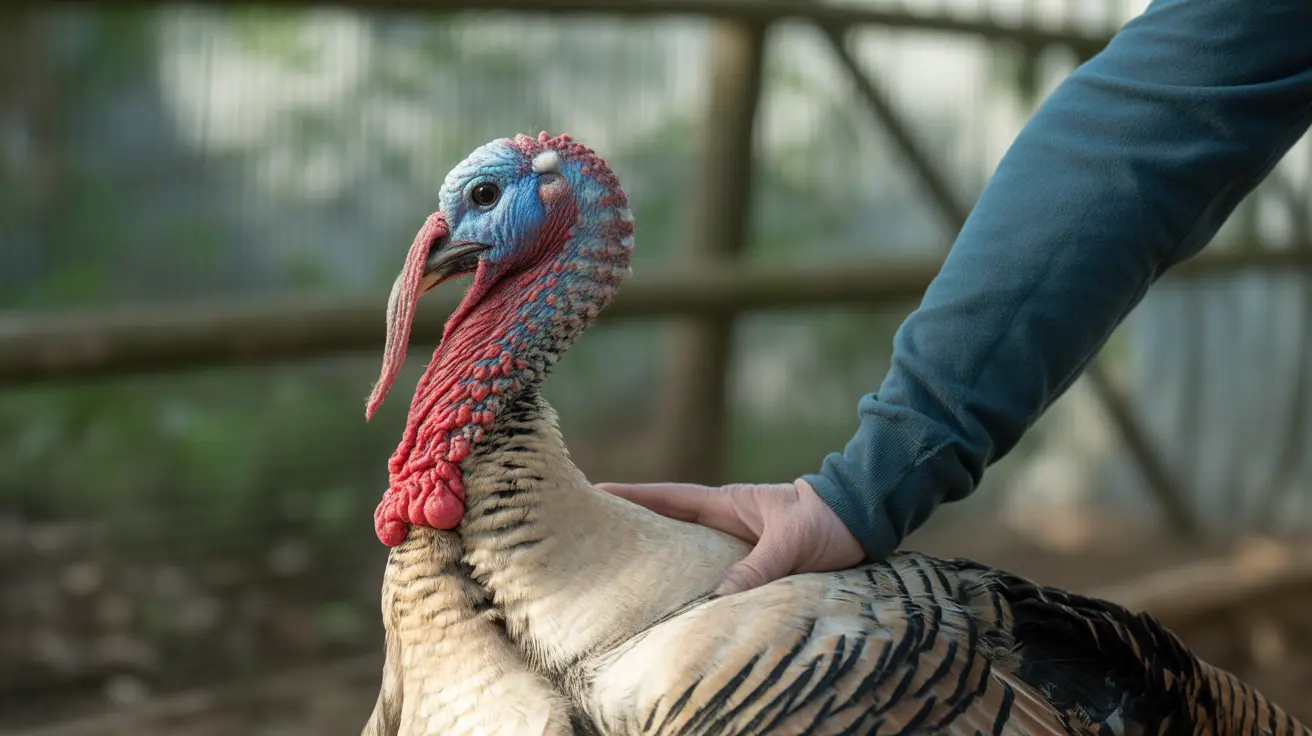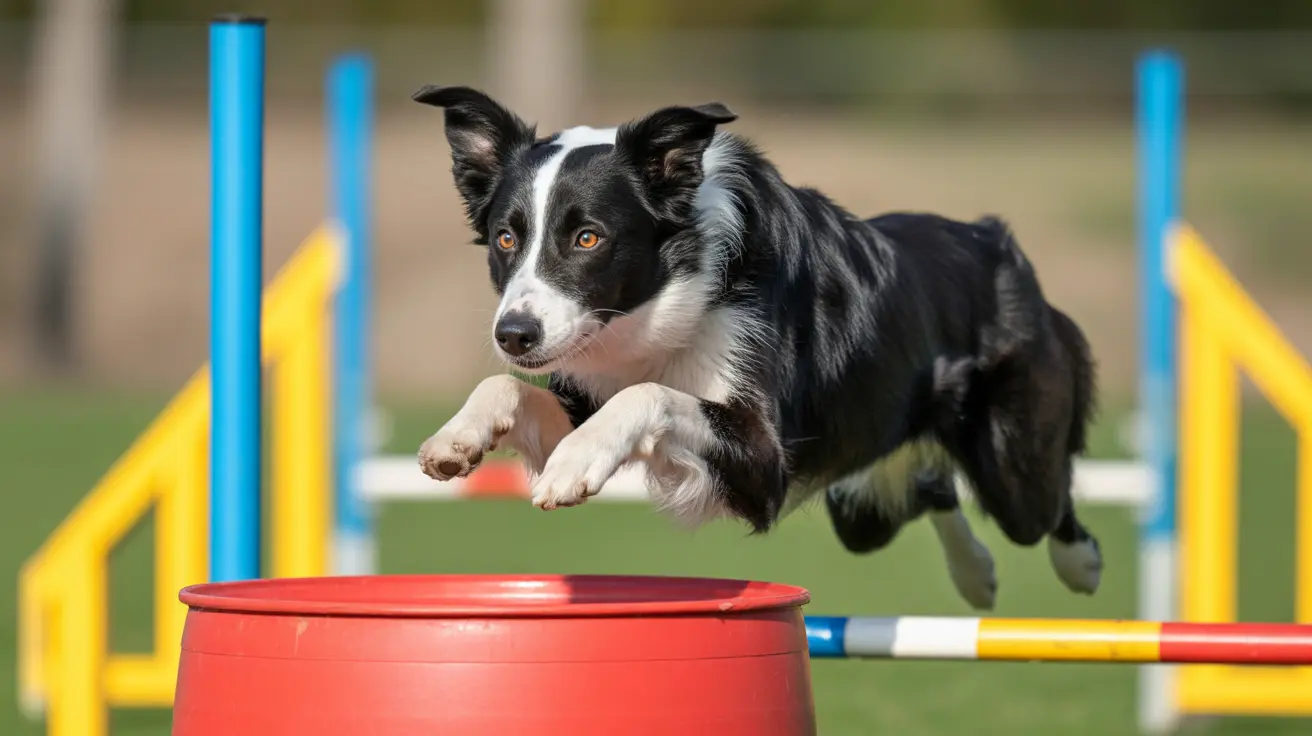Should You Remove a Dog's Dew Claws?
Dew claws in dogs often raise questions for pet owners. Located above the main toes on the inner side of a dog's legs, dewclaws are either firmly attached by bone and ligaments or loosely connected by skin. The decision to remove them should not be taken lightly and must consider their function, breed standards, and risk of injury.
Understanding Dew Claws
Dogs typically have four toes that bear weight on each paw and one dewclaw on each front leg. Some breeds may have single or double dewclaws on their hind legs, particularly certain working or herding breeds like the Great Pyrenees, St. Bernard, and Briard.
Front dewclaws are usually attached by bone and tendons, connecting to muscle tissue in the foreleg. In contrast, rear dewclaws—especially double ones—tend to be skin-attached and less stable.
Functions of Dew Claws
Though previously thought vestigial, front dewclaws serve several purposes:
- Improved traction: When running, dogs' front dewclaws often contact the ground, aiding in grip and stability, especially on slippery surfaces.
- Joint support: Dewclaws help stabilize the carpal joint (wrist), especially during quick maneuvers.
- Object manipulation: Dogs may use dewclaws to hold toys, bones, or chew items more securely.
Conversely, rear dewclaws have unclear function and are more prone to injury due to their loose attachment and lack of bony support.
Risks and Injuries
Like any digit, dewclaws can suffer injuries such as:
- Broken or split nails
- Infections from torn or ingrown nails
- Dewclaws catching on objects and tearing
Such injuries are painful and may require veterinary treatment, including trimming, antibiotics, or in some cases, surgical removal under anesthesia.
The Case Against Routine Removal
Historically, dewclaws were removed in puppies to prevent future injury or for cosmetic reasons. However, recent insights suggest this practice may do more harm than good, especially when it involves front dewclaws.
Studies and expert observation using slow-motion video have shown that removing dewclaws may lead to:
- Increased orthopedic issues in joints
- Greater susceptibility to foot injuries
- Higher risk of arthritis in aging dogs
For working dogs or active breeds, dewclaws provide legitimate biomechanical benefits. Removal solely for aesthetic reasons, such as show standards in some breeds, is debated and often discouraged.
When Removal May Be Justified
While front dewclaws are often best left intact, removal may be necessary under certain circumstances:
- Repeated injury or chronic infection
- Loosely attached rear dewclaws at risk of tearing
- During scheduled procedures (such as spaying or neutering) to minimize anesthesia exposure
Veterinarians may recommend removal when the dewclaw’s risk outweighs its benefit—especially for rear double dewclaws attached only by skin.
Dew Claw Care and Maintenance
Maintaining dewclaw health is usually straightforward:
- Trim dewclaw nails regularly—they are less likely to wear down naturally, especially if the claw doesn’t touch the ground.
- Check for overgrowth or ingrown nails every few weeks.
- Look for signs of damage, including redness, swelling, or discharge around the claw area.
Active dogs may naturally reduce nail length through movement, but for most, attentive trimming is essential.
Breed Considerations
Certain breeds naturally possess rear dewclaws as part of their breed’s physical standard. For example:
- Great Pyrenees — Rear double dewclaws are required for show eligibility.
- Briard and Beauceron — Rear dewclaws are standard.
- Icelandic Sheepdog and Anatolian Shepherd — Rear dewclaws are commonly found.
Removing these may disqualify a show dog or contradict breed integrity.
Conclusion
Routine dewclaw removal is generally not recommended, particularly for front dewclaws with functional relevance. While rear dewclaws may pose injury risks due to loose skin-only connections, preventive removal should only occur when necessary. Instead, pet owners should focus on regular dewclaw maintenance and consult veterinarians when injuries or abnormalities arise.
Understanding the anatomy and purpose of dewclaws empowers owners to make informed decisions, ensuring both short- and long-term paw health for their canine companions.





